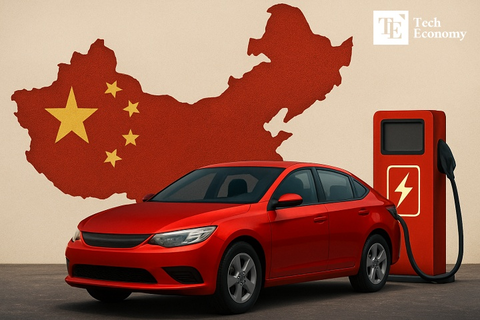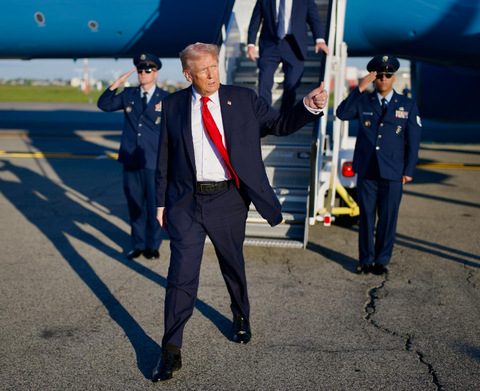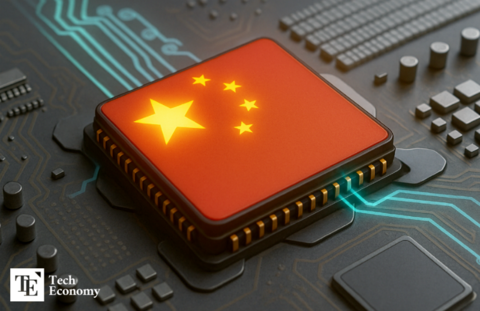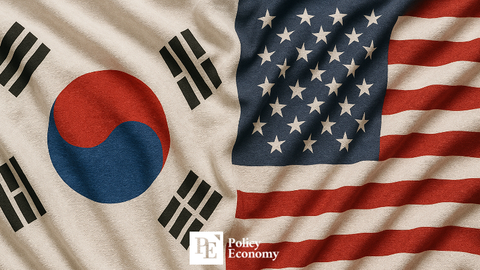"China's Invasion of Taiwan, an Imminent Reality" — U.S. Defense Secretary Issues Stern Warning
Input
Changed
Rising Likelihood of a Chinese Invasion of Taiwan China May Launch a Surprise Attack Disguised as Military Exercises Chinese Media: "Taiwan Could Collapse Without a Fight"
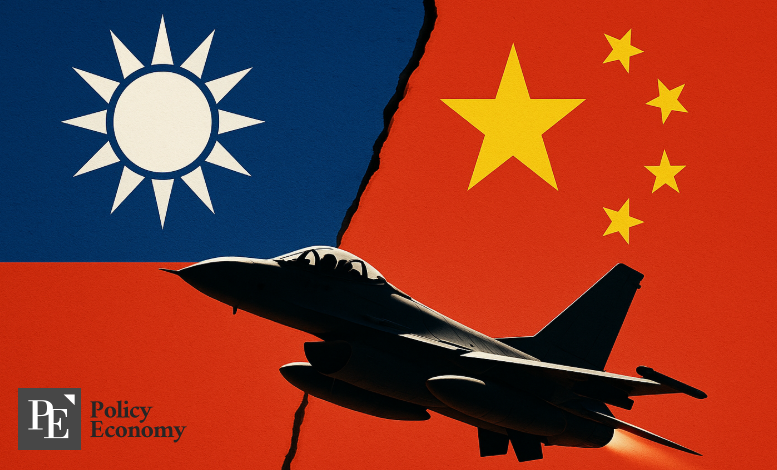
The specter of a Chinese military assault on Taiwan has moved from distant speculation to urgent reality. As China accelerates its military posturing and articulates explicit strategic scenarios for subduing Taiwan, senior U.S. defense officials are issuing grave warnings. At the heart of this rising tension lies not only the specter of conventional warfare, but a new era of disruption warfare—targeting the island’s fragile energy infrastructure, sowing chaos, and potentially collapsing the state without firing a shot. What was once dismissed as strategic anxiety is now emerging as a blueprint for real-world escalation.
Combat-Ready Posture and Warnings from Washington
At the Shangri-La Dialogue in Singapore on May 31, U.S. Secretary of Defense Pete Hegseth delivered a sharply worded assessment of Beijing’s intentions and capabilities. He told regional security leaders that China had developed a credible capacity to use military force to reshape the Indo-Pacific balance of power, and that this threat was not only real but possibly imminent. Hegseth explained that the People’s Liberation Army (PLA) is no longer merely preparing in theory—it is conducting realistic drills and practicing operational maneuvers aimed at invading Taiwan. He also emphasized that the United States is actively restructuring its strategic posture in the region to deter what he described as a gathering storm from communist China.
This warning comes amid years of intensifying Chinese military activity around Taiwan. The PLA has routinely flown warplanes into Taiwan’s Air Defense Identification Zone and dispatched warships into surrounding waters. According to the U.S. Department of Defense, these are not symbolic shows of force—they are rehearsals, deliberate and structured, for a future blockade or outright invasion. Just days before Hegseth’s address, China’s military announced that its navy and air force had completed combat-readiness patrols near Scarborough Shoal, a disputed territory in the South China Sea, which Beijing also claims.
Beyond Taiwan, Hegseth accused China of bullying its neighbors through cyberattacks, aggressive territorial claims, and the militarization of disputed islands in violation of international law. These actions, he argued, are not isolated provocations but warning signals to the United States, its allies, and the broader international community.
From Drills to Scenarios: A Blueprint for Collapse
While Washington continues to sound alarms, Chinese military analysts are publishing increasingly detailed scenarios for how to neutralize Taiwan without resorting to total war. The military journal Naval & Merchant Ships, affiliated with the PLA, recently described what it considered the optimal moment to strike: a weekday summer afternoon just before a typhoon. The timing, they suggested, would disrupt emergency responses and maximize disarray on the island. The strategy centers on crippling Taiwan’s infrastructure rather than invading with ground forces.
According to this plan, China would only need to target around 30 strategic energy-related facilities to bring Taiwan’s critical systems—transport, communication, and healthcare—grinding to a halt. The aim would be to collapse the island from within, making resistance unfeasible without even requiring troops to land. Evidence that this strategy is more than hypothetical came to light during April’s military drills encircling Taiwan, where liquefied natural gas (LNG) terminals were among the simulated strike targets.
Meanwhile, China has enhanced its ability to transition its air and missile forces from peacetime to combat readiness in a matter of hours. Analysts point to the presence of about a dozen Chinese navy and coast guard vessels that now operate continuously in waters near Taiwan—making the conditions for a blockade or sudden escalation increasingly credible.
The urgency of this scenario was underscored last month when Admiral Samuel Paparo, commander of the U.S. Indo-Pacific Command, stated that China’s recent large-scale troop and ship movements around Taiwan should not be mistaken for simple exercises. They were, he argued, full-fledged rehearsals. He noted that China is evolving rapidly and has set a goal of being fully prepared for a Taiwan invasion by 2027.
China has not refuted these claims directly. Instead, it maintains that Taiwan is an internal matter and continues to emphasize national sovereignty. Chinese Ministry of National Defense spokesperson Zhang Xiaogang reaffirmed that the PLA is maintaining a heightened state of readiness to defend its territorial integrity—indirectly reinforcing concerns that military action remains on the table.

Taiwan’s Energy Fragility: A New Front in Modern Warfare
If China intends to bring Taiwan to its knees without a direct ground assault, it may already have found its pressure point: energy. On May 17, the Taiwanese government took its last nuclear reactor offline, proudly marking a step toward its long-standing vision of a “nuclear-free homeland.” While symbolically powerful, the move has left Taiwan exposed in concrete terms.
Taiwan now imports nearly 98% of its energy, with more than 80% of its electricity coming from natural gas and coal. But its strategic reserves are alarmingly short—only ten days’ worth of gas and thirty days of coal. Renewables remain unstable, and with nuclear power eliminated, Taiwan’s dependence on imported, seaborne energy is growing by the day.
The timing of the shutdown couldn’t be worse. Even before the summer peak in electricity use, Taiwan’s power reserve margin fell below 8%, well beneath the 15% safety threshold. Rolling blackouts and infrastructure failures are no longer hypothetical. They are material risks that could turn a military standoff into a humanitarian crisis almost overnight.
This vulnerability has not gone unnoticed in Beijing. During its recent “Strait Thunder 2025A” military exercise, the PLA simulated large-scale blockade operations and strikes focused on Taiwan’s energy facilities. Observers fear that if Taiwan’s energy system continues to deteriorate, such drills could easily transform into real attacks designed to induce collapse before foreign reinforcements can arrive.
Historically, Taiwan’s defense doctrine has relied on one critical assumption: that it can hold the line long enough for the United States and other allies to respond. But time is a harsh master in war. U.S. military simulations suggest that Taiwan must survive for 30 to 90 days to allow allied forces to mobilize. A blackout or widespread infrastructure failure could upend that timeline, complicating coordination, increasing costs, and narrowing the window for intervention.
In such a scenario, the battlefield shifts from tanks and missiles to generators and server farms. Chinese analysts appear to understand this well. In a recent assessment, the National Interest noted that for China, collapsing Taiwan’s power grid might be not only more effective—but also far cheaper—than launching a full-scale amphibious invasion.


